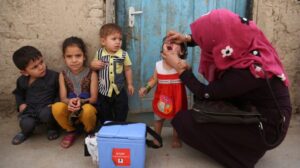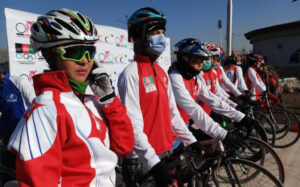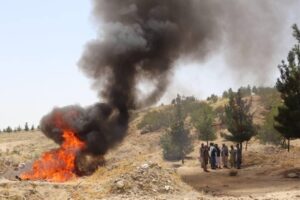The New York Times has recently reported that Kabul, the capital of Afghanistan, is drying up due to water scarcity, and solutions that could potentially address the crisis may arrive too late.
According to the American newspaper’s report, the city’s six million residents could be left without water by 2030. Although the interim government is trying to find solutions, its financial reserves to contain the crisis are as dry as Kabul’s water reservoirs.
The New York Times emphasized: “Kabul is drying up. It has withered due to reduced rainfall and melting snow, and is being depleted by illegal wells. It is so dry that its six million residents may be without water by 2030, and they are now fighting over it.”
The report stated that Kabul’s water reserves are being depleted almost twice as fast as they are replenished.
The non-profit Mercy Corps had previously warned in a report that Kabul is at risk of becoming the first modern capital in the world to run out of groundwater.
It is worth noting that Kabul, surrounded by snow-capped mountains and crossed by three rivers, has never before been considered a dry city.
According to the report, water extraction currently exceeds the natural recharge of groundwater by 44 million cubic meters annually.
UNAMA also warned some time ago that if the current trend continues, all of Kabul’s groundwater resources will be depleted by early 2030, putting millions of its residents at risk.













